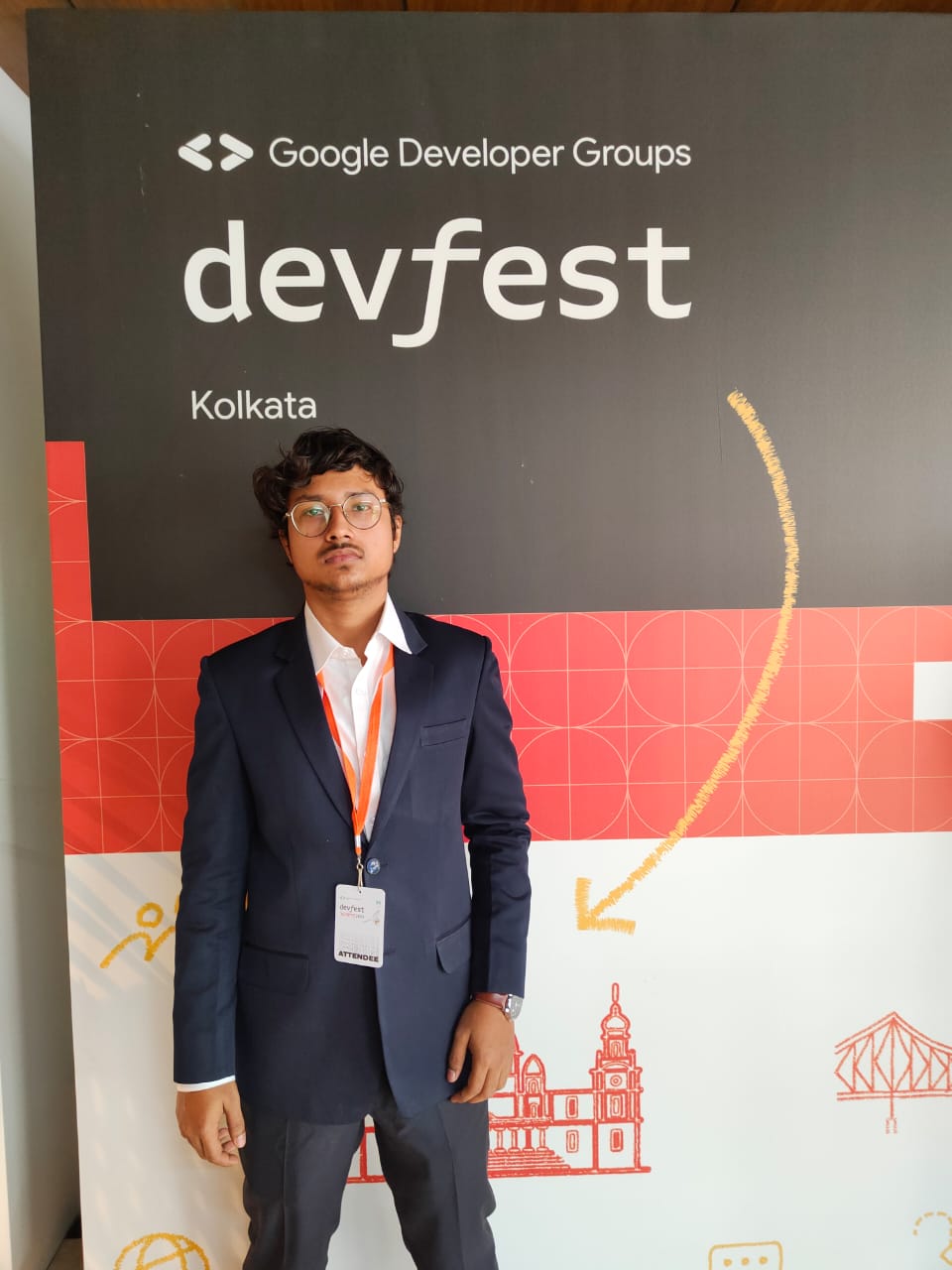How to Explain GPT to Young Kids
 SOUMYODEEP DEY
SOUMYODEEP DEY
Introduction — meet the super-reader teddy:
Imagine a friendly teddy that reads millions of storybooks and then helps you make new stories. That teddy is called GPT. The full form is Generative Pre-trained Transformer — but don’t worry, we’ll break that into tiny, fun pieces.
What does GPT stand for? (in easy words):
Generative — it makes things, like stories, answers, or jokes.
Pre-trained — before you meet it, it already practiced a LOT by reading a huge pile of books and chats.
Transformer — the clever brain inside that helps it notice which words are important.
So: GPT = Generative Pre-trained Transformer. Simple!
How GPT works:
Think of GPT as a game with toys:
Tokens = LEGO bricks. Words are split into small pieces (tokens). The model puts these bricks together to build sentences.
Embeddings = secret toy codes. Each LEGO brick gets a code the model understands — a list of numbers, like a secret handshake.
Attention = a flashlight. When reading a long sentence, the model shines a flashlight on the important words so it knows what to remember.
Multi-headed attention = many flashlights. The model uses several flashlights at once, each looking for different clues (names, actions, feelings).
Layers = many teachers. The model passes the sentence through several steps (teachers). Each step helps it think a bit more clearly.
Prediction = a scoreboard. For the next word, GPT gives scores to lots of possible words and picks the most likely one. It repeats this until the sentence is finished.
So when you ask GPT something, it’s really playing “which word comes next?” over and over — like a clever guessing game.
What GPT can do (fun stuff):
Tell stories and jokes.
Explain things simply.
Help with writing or brainstorming.
Make short poems or role-play characters.
What GPT can’t do (important to know):
It doesn’t actually understand feelings — it learned patterns from text.
It can be wrong or make things up (that’s called a hallucination).
It can reflect the bias in the things it read.
It can’t see or experience the real world unless you tell it about it.
Quick grown-up note (short technical version):
GPT is a large language model built on the Transformer architecture. It’s pre-trained using next-token prediction on massive text corpora with cross-entropy loss. The Transformer’s self-attention and positional encodings let it handle long contexts efficiently. Fine-tuning adapts it for specific tasks. Validate outputs because hallucinations and bias remain issues.
Tiny children’s story (two paragraphs)
Once upon a time, there was a curious teddy named Gen. Gen loved reading picture books, fairy tales, and silly jokes. Every day Gen practiced guessing the next word in a story — and the more it read, the better it guessed.
One morning a child asked, “Gen, can you make a new story about a flying duck?” Gen thought about all the ducks it had read about and started saying one word after another, building a sparkling story brick by brick. Sometimes Gen picked a funny word and made everyone laugh — because guessing can be playful and surprising!
Subscribe to my newsletter
Read articles from SOUMYODEEP DEY directly inside your inbox. Subscribe to the newsletter, and don't miss out.
Written by

SOUMYODEEP DEY
SOUMYODEEP DEY
Hey , I'm Soumyodeep Dey currently pursuing my B.Tech in CS. talk about software development and AI